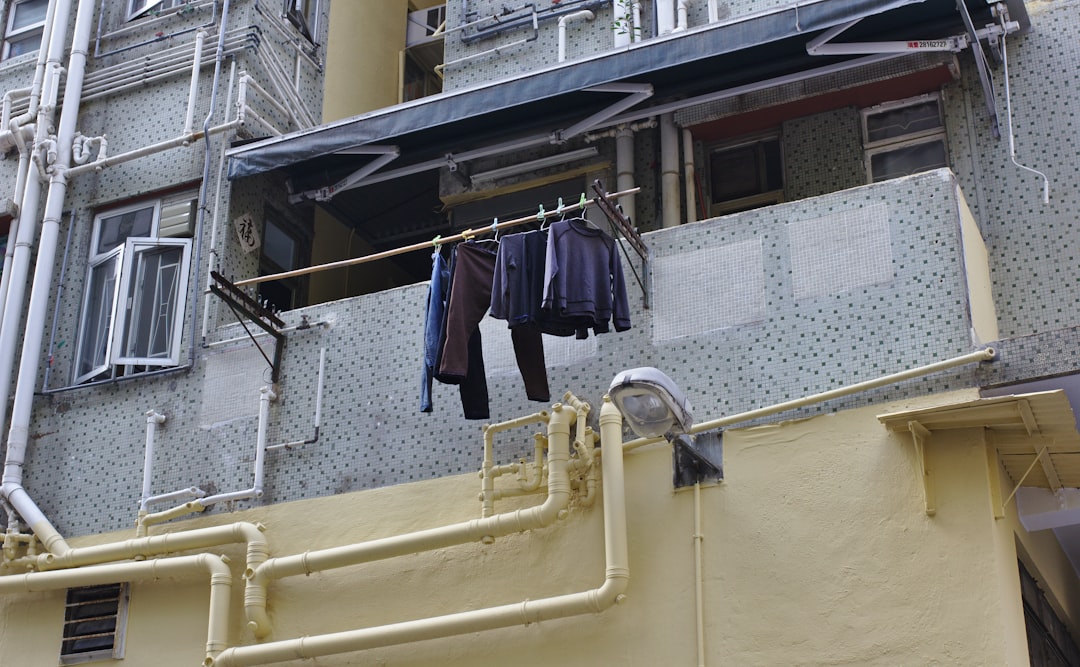
For construction professionals, accurately estimating dryer installation costs is crucial to maintaining project budgets and avoiding unexpected expenses. Current costs for dryer installations range from $550 to $1,200, depending on the type and complexity of the installation. CountBricks provides real-time estimates using AI and live material databases, ensuring precise cost predictions before construction begins.
1. Appliance Type
Gas dryers require a dedicated gas line and exterior venting, while electric units need correctly sized breakers and wiring. CountBricks auto-populates labor and material assemblies for each model, providing instant line-item impacts.
2. Utility Connections
• New 220-volt circuit or gas stub
• Vent duct routing and exterior termination
• Condensation drain (for ventless models)
3. Structural Considerations
• Framing alterations for vent runs
• Fire-blocking and draft-stopping
• Drywall patching and finish work
4. Labor Rates
Local union or non-union wage data shifts daily. CountBricks pulls geolocated labor averages every morning, so estimates in Los Angeles differ naturally from those in Austin.
5. Permit & Inspection Fees
Municipal fees can add 5–15% to final numbers. CountBricks maintains an updated library of jurisdictional permit costs to ensure accuracy.
Based on recent projects:
These figures include labor, average-grade materials, and standard vent runs below 15 feet. Long duct runs, second-story laundry rooms, or premium finishes will increase costs. Use CountBricks live voice estimating to model scenarios in seconds.
1. Speak your scope into the CountBricks mobile app.
2. The AI parses tasks—gas line, 220-volt circuit, vent hole coring.
3. Real-time pricing feeds pull current copper pipe, flex-duct, and labor rates.
4. Interactive blueprint takeoffs mark vent routes and appliance locations.
5. A sharable PDF quote and invoice populate automatically.
• Title 24 energy code compliance
• Attic insulation replacement after vent installation
• Wall patch primer and paint to match existing finishes
• Temporary appliance relocation while work proceeds
These line items are exposed early, allowing contractors to protect profit margins and homeowners to approve accurate budgets.
CountBricks estimators often advise on cost-saving strategies while maintaining code compliance:
Material volatility can spike quickly. If more than 30 days pass between the original quote and scheduled start, run a fresh CountBricks estimate. The live database updates contractor pack pricing on wire, gas fittings, and duct materials nightly.
• Voice-to-estimate speeds slash office hours by 70%
• AI blueprint takeoffs pinpoint vent lengths within 1/8″
• Instant change-order tracking keeps clients and crews aligned
• Export estimates directly to your accounting software from CountBricks.com/integrations
A Pasadena homeowner moved the laundry from garage to second-floor hallway. CountBricks flagged structural blocking requirements, 22 feet of vertical venting, and a seismic gas shutoff. Initial contractor guess: $600. CountBricks AI estimate: $1,145. The final invoice matched our projection within 2%. The builder secured a 15% profit and the homeowner avoided mid-project sticker shock. See more success stories at CountBricks.com/portfolio.
Ready for precise numbers on your upcoming dryer install? Start a voice session now or schedule a free demo at CountBricks.com. In less than five minutes, you’ll have a code-compliant, line-itemed dryer installation cost tailored to your zip code and project specs.

While headline numbers suggest gas dryers always cost more to install, the complete financial picture is nuanced. CountBricks comparative datasets from over 3,000 California homes reveal the following:
However, lifetime utility savings for a family of four often exceed $40 per year. With a 10-year appliance life, a gas dryer may recoup the upfront delta entirely. CountBricks makes it simple to present homeowners with both first-cost and operational-cost scenarios in one polished document.
• Capture voice notes on-site. The AI assigns time-stamped audio to project folders, eliminating manual entry.
• Leverage the “what-if” slider. Increase vent length or switch to ventless models and watch material, labor, and permit fees recalculate live.
• Export side-by-side gas vs. electric comparisons. Clients love seeing payback periods clearly graphed.
The builder planned an electric dryer to avoid gas trenching across a landscaped backyard. CountBricks takeoffs showed the additional conduit run for a 220-volt circuit would require demolition of finished hardscape. Our AI suggested a rooftop tankless gas feed routed through attic joists, saving two days on schedule and $1,100 in site restoration. The owner opted for the gas solution with full visibility into costs and savings.
Unlike generic estimating spreadsheets, CountBricks ties every dryer installation cost to live supplier catalogs and localized codes. This eliminates the “allowance” guesswork that erodes margins and client trust. Ready to see the platform in action? Book a personalized walkthrough at CountBricks.com and transform the way you price residential mechanical scopes.